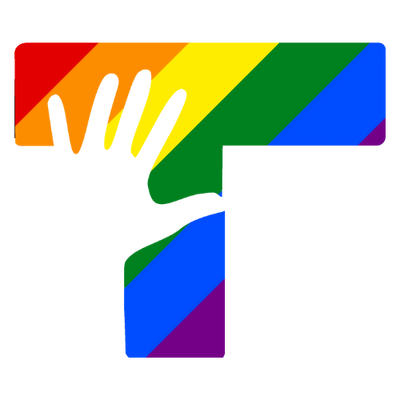* For a visual guide, click here to access our illustrated PDF.
I. Introduction
The LGBTQ+ community represents a vibrant tapestry of experiences and identities. To fully understand and appreciate the diversity within this community, it's crucial to be familiar with the terminology. This guide aims to demystify some of these terms, promote inclusivity, and foster understanding.
II. Glossary of Terms
Lesbian: A woman who is attracted romantically and/or sexually to other women.
Gay: A person who is attracted romantically and/or sexually to members of the same sex, often referring to homosexual men.Bisexual: An individual who is attracted romantically and/or sexually to both men and women.
Transgender: An umbrella term for people whose gender identity differs from the sex they were assigned at birth.
Queer: Historically a derogatory term, it has been reclaimed by some members of the community and is used as an umbrella term for sexual and gender minorities.
Intersex: Refers to individuals born with physical sex characteristics that don't fit typical binary notions of male or female bodies.
Asexual (LGBTQIA+): Individuals who don't experience sexual attraction but might experience romantic attraction.
Gender identity: A person's internal sense of being male, female, or another gender.
Sexual orientation: Refers to whom one is attracted to on a spectrum from heterosexual to homosexual.

Androgynous: A gender expression that is a mix of both male and female.

Butch: A term used in the lesbian and gay communities to describe someone who expresses themselves in traditionally masculine ways.
Femme: A term used in the lesbian and gay communities to describe someone who expresses themselves in traditionally feminine ways.
Gender roles: Socially constructed roles and responsibilities society considers appropriate for men, women, and other gender identities.

Abrosexual: A fluid and evolving sexuality.
Homosexual: An individual who is attracted to members of the same sex.
Homophobia: Fear, hatred, or discrimination against homosexuals.
Non-binary: A gender identity that isn't exclusively male or female.
Questioning: An individual who is exploring their own sexual orientation or gender identity.
Same-gender loving: Often used by some African American individuals to express an attraction to the same gender.
Sex assigned at birth: Refers to the identification as male, female, or intersex given at birth.
Sexuality: The complex interplay of biology, identity, culture, and personal experience that determines whom we're attracted to.
Top surgery: Surgical procedures for transgender individuals to modify their breasts.
Trans man: An individual assigned female at birth but identifies as male.
Trans woman: An individual assigned male at birth but identifies as female.
 III. Terms to Avoid Language evolves, and what might've been acceptable in the past can become outdated or offensive. It's essential to be sensitive and respectful when choosing words:
III. Terms to Avoid Language evolves, and what might've been acceptable in the past can become outdated or offensive. It's essential to be sensitive and respectful when choosing words:
Berdache: An outdated term once used to describe indigenous North Americans who filled a traditional third-gender ceremonial role.
Hermaphroditen: An outdated and offensive term for intersex individuals.
Homosexual relations/relationship, homosexual couple, homosexual sex: These terms can pathologize homosexuality and are best avoided.
Sexual preference: Suggests choice, which can be misleading and offensive.
Transgendered/a transgender/tranny: Misused terms that can be disrespectful.
Sex change: An outdated term. Use "gender-affirming surgery" instead.


